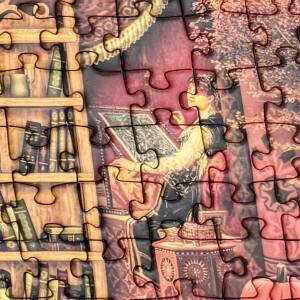Often photographed, often blipped
But an important feature of our journey along the River Eamont. Here is Brougham Castle, last seen from inside with children, but seen here from across the Eamont.
River Eamont (part 20)
The name 'Brougham' comes from the Old English word 'burgh' meaning 'fortified place' and the fortification in question was older than the castle, referring to a Roman fort, which occupied the site. The Romans built the fort, Brocavum, here because the river provided protection and they could also control the river crossing and the main roads running north to south and east to west. The raised sections of the site are the outlines of the original Roman fort.
Around 1214 Robert de Vieuxpoint, one of King John's most important agents in the north of England, acquired the site and, for the same reasons as the Romans, decided that it was the perfect place to build a castle from which to defend his lands. He used the same earthworks and stones from the fort to build his castle.
The original castle was just the keep, which is the tallest square tower in the centre. It was surrounded by a timber palisade, which was later replaced by a stone curtain wall. By 1300 the castle was in the hands of the Clifford family, in which family it remained over the centuries, until it was abandoned in the 19th century, fell into ruin, and was finally put into the guardianship of the Ministry of Works in 1928. Members of the Clifford family, most notably latterly Lady Anne Clifford, added buildings and gardens, most of which have since disappeared.
Looking sadly the worse for wear now, in its heyday it would have been a splendid building and often provided accommodation for visiting royalty. Its beautiful setting alongside the River Eamont is what strikes visitors most now and it is seen at its best from a distance with the river flowing by.
I did have a mono version, but decided to go for the colour version, because of the colour of the stone.

Comments
Sign in or get an account to comment.


